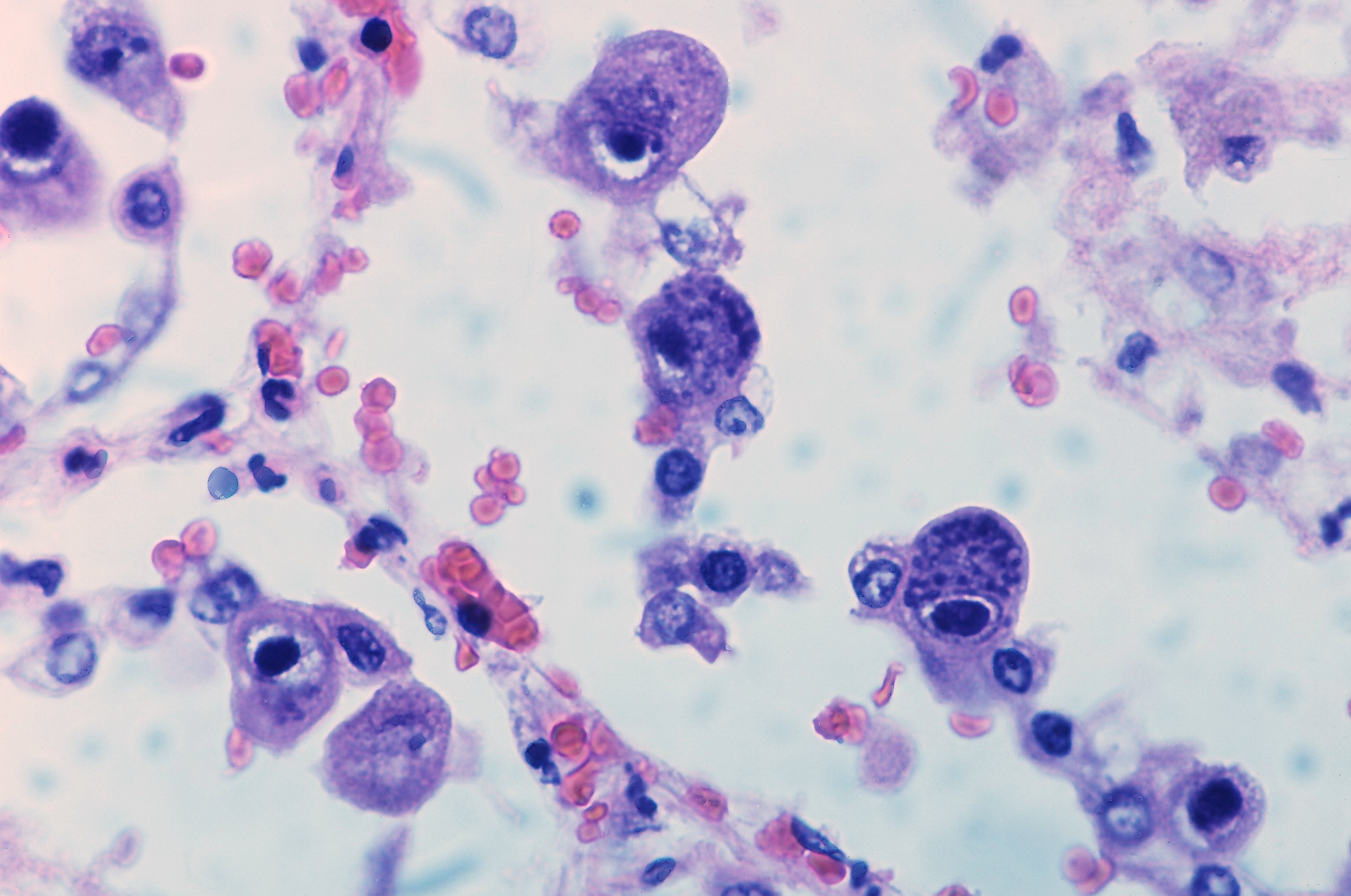Watch out for These Five Uncommon STDs

By:
When was the last time you got tested? Sexually transmitted diseases might not come to mind everyday, but if you are sexually active, meaning that you engage in oral, anal, vaginal intercourse or genital touching, you might be vulnerable to sexually transmitted diseases (STDs), according to the Mayo Clinic.
ALSO: One Chart Explains What Your Pee Says About Your Health
In fact, there's a lot to know about the less-common, or less-discussed STDs.
In a report published in December 2014, the Centers for Disease Control and Prevention (CDC) reported that young people aged 15 to 24 years old “acquire half of all new STDs” for a multitude of reasons including cultural, behavioral and biological factors. And though you may be aware of more commonly discussed STDs like chlamydia or human immunodeficiency virus (HIV), below are some of the less known STDs to keep on your radar to stay safe and healthy.
1. Molluscum contagiosum
 Wikimedia Commons/Ed Uthman, MD. - wikimedia.org
Wikimedia Commons/Ed Uthman, MD. - wikimedia.org
According to the CDC, molluscum contagiosum is a skin infection manifested in lesions or growths that can occur anywhere on the body. It is usually spread from direct person-to-person contact, but can also be transmitted through contaminated “fomites”, which are objects that can become contaminated with the virus. These include linens, pool equipment and toys. The CDC says the condition usually resolves itself in six to 12 months, but can take as long as four years.
ALSO: HIV and AIDS Are a Huge Problem in Our Prisons
2. Cytomegalovirus (CMV)
 Wikimedia Commons/Yale Rosen - wikimedia.org
Wikimedia Commons/Yale Rosen - wikimedia.org
The National Institute of Health (NIH) reports that CMV is a very common virus, found in between 50 and 80 percent of adults in the U.S. by the age of 40. Once CMV is in a person’s body, it’s there for life. Though the virus doesn’t usually cause complications, the NIH says it can cause a serious infection in babies and people with weak immune systems.
3. Parasitic infections
Planned Parenthood Advocates of Arizona shared that intestinal parasites like giardiasis and amebiasis can be transmitted through manual or oral contact with the anus. Since it only takes a few particles to make you sick, Planned Parenthood recommends using a dental dam or latex gloves during anal contact.
4. Lymphogranuloma Venereum (LGV)
According to the STD Project, LGV is a long-term infection that manifests in the body’s lymphatic system. It’s caused by three separate types of the bacterium Chlamydia trachomatis. Though it’s not the same bacteria that causes genital chlamydia, it still spreads through sexual contact.
5. Nongonococcal Urethritis (NGU)
The American Sexual Health Association (ASHA) reports that NGU is an infection of the urethra that is caused by germs other than the STD gonorrhea. There are multiple types of NGU, such as adenovirus or mycoplasma genitalium. ASHA reports that NGU is often caused by chlamydia, a common infection in men and women, though the diagnosis is more commonly found in men.
To learn more about STDs, check out the STD project's comprehensive list. For information and resources on how to get tested for STDs, click here.
